Where to eat GEORGIA 🇬🇪 Lausanne: Pré-Fleuri
The wait staff were entirely Georgian men, as familiar with the dishes they were serving as the customers they served. We ordered the most Georgian of Georgian dishes, from khachapuri, also known as “fondue bread” as our very own Mr. Swiss Global Dining has nicknamed it...
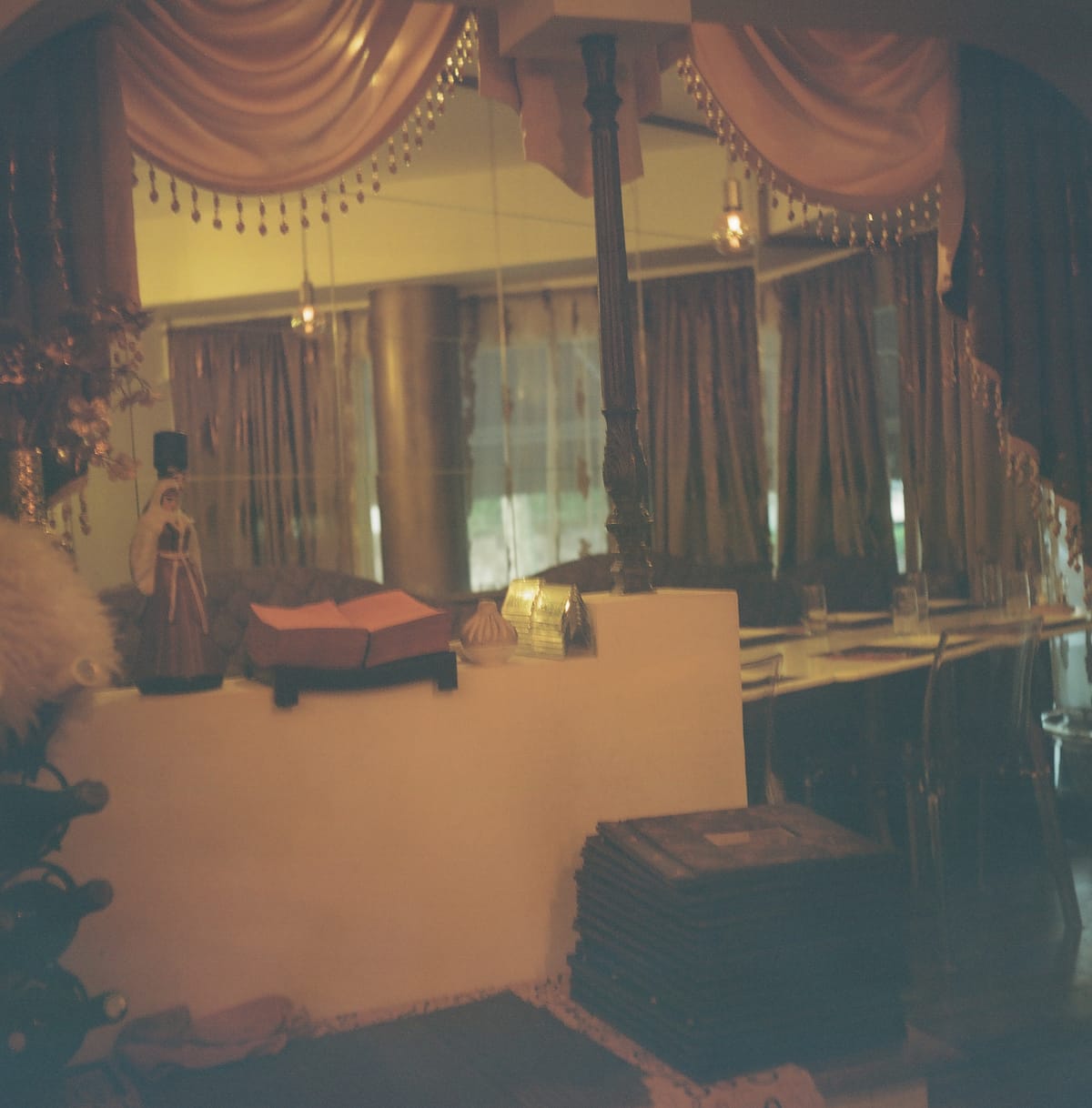
Pré-Fleuri
Avenue d’Ouchy 22, Lausanne
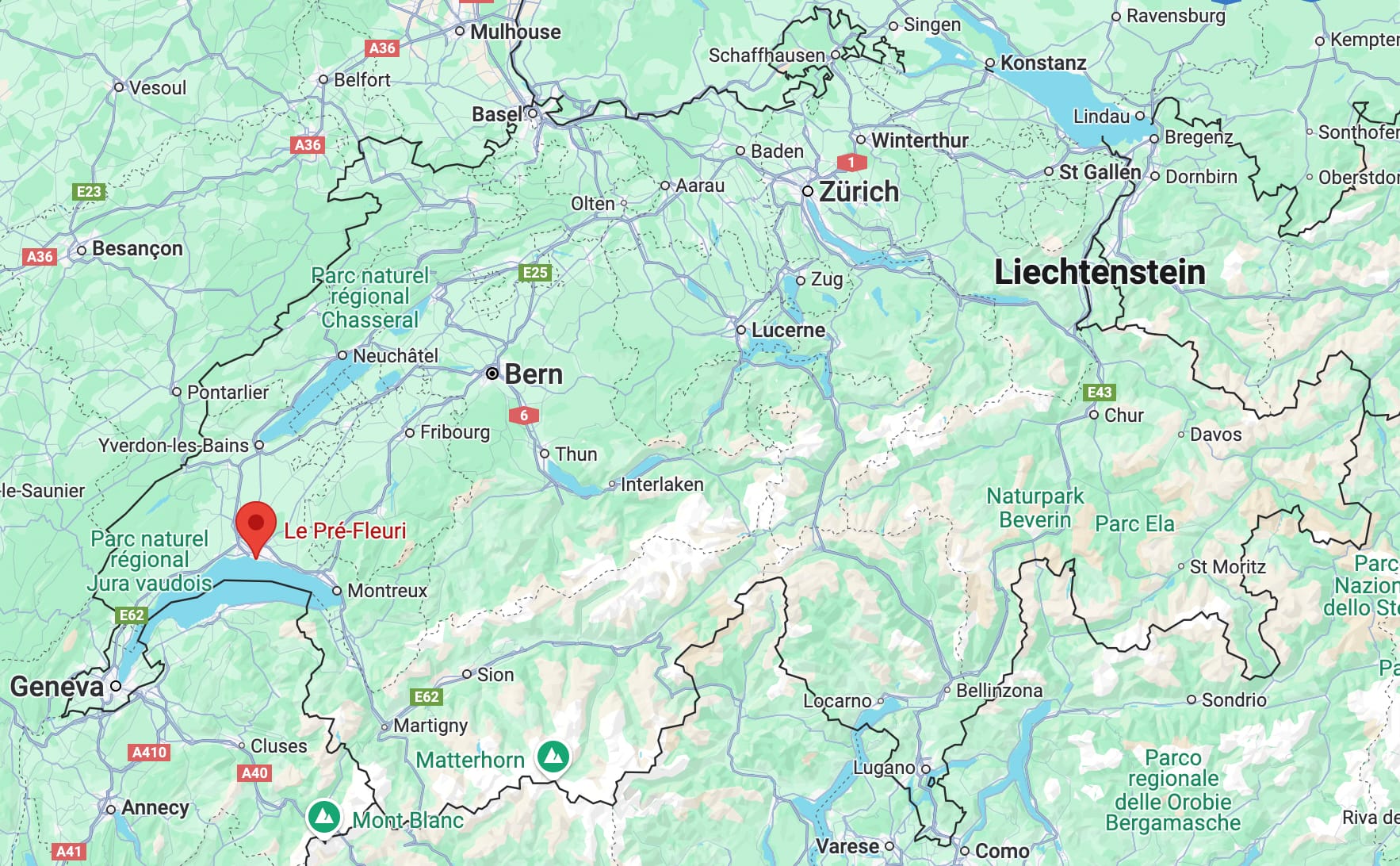
Published November 26, 2024 · by Amanda Rivkin Häsler
What we ordered: For two people, one order of cheese khachapuri, one order pkhali, one lulya kebab and one order of beef khinkali. To drink, we had a bottle of Marani Tsinandali white wine, a large bottle of sparkling water, and one Turkish coffee.
Cost: 183 CHF / €194 / $213
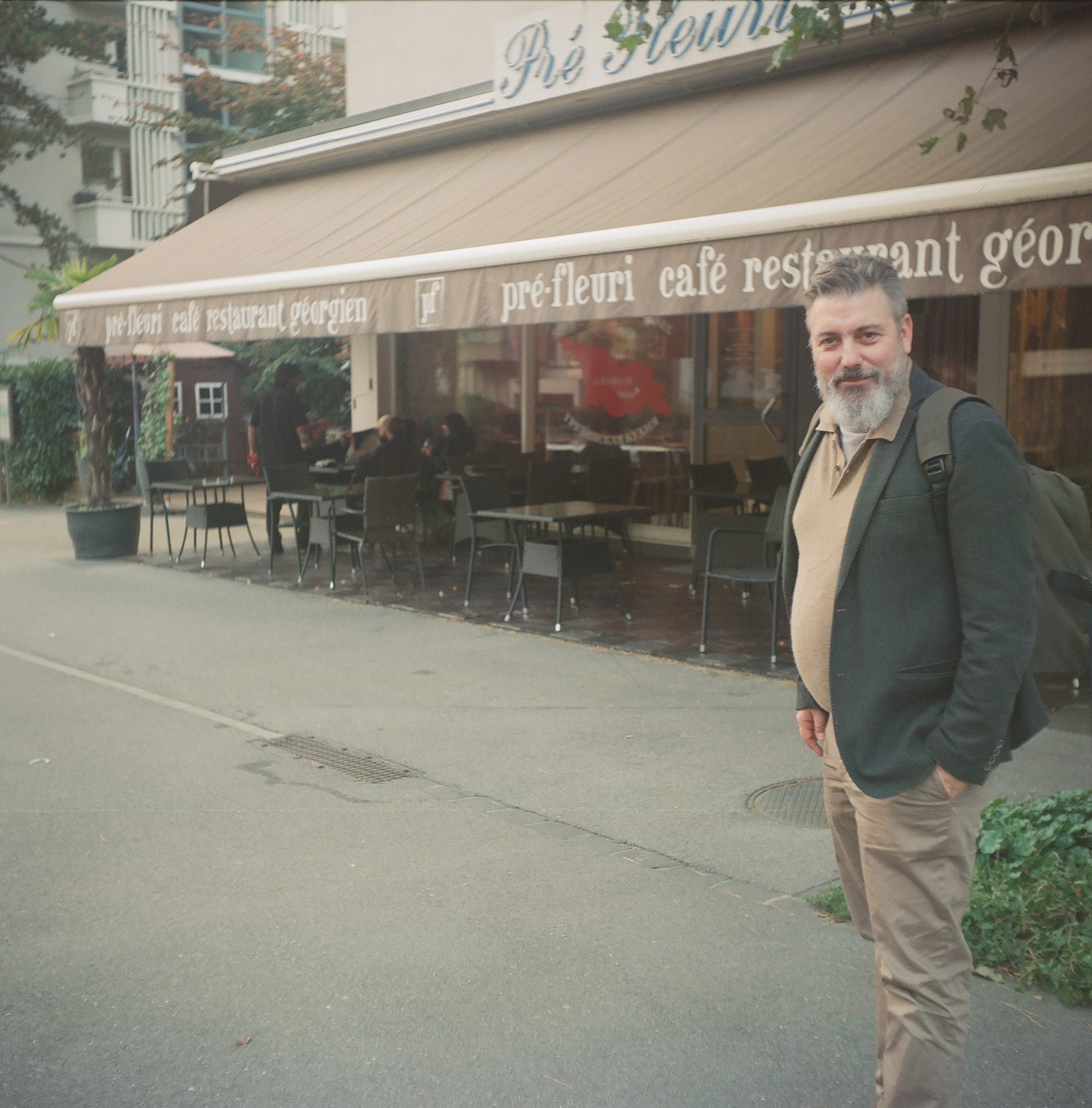
As far as authenticity goes, Pré-Fleuri has massive street cred not just among Georgians and those familiar with the Caucasus but also the local population in Lausanne. We were the second table to arrive early for dinner with just one outdoor table occupied. Within fifteen to twenty minutes, however, the restaurant was full and only one table for two went unoccupied the whole night, likely reserved in case of a walk in. Even the large, more private room off the main dining hall was filled with a party.
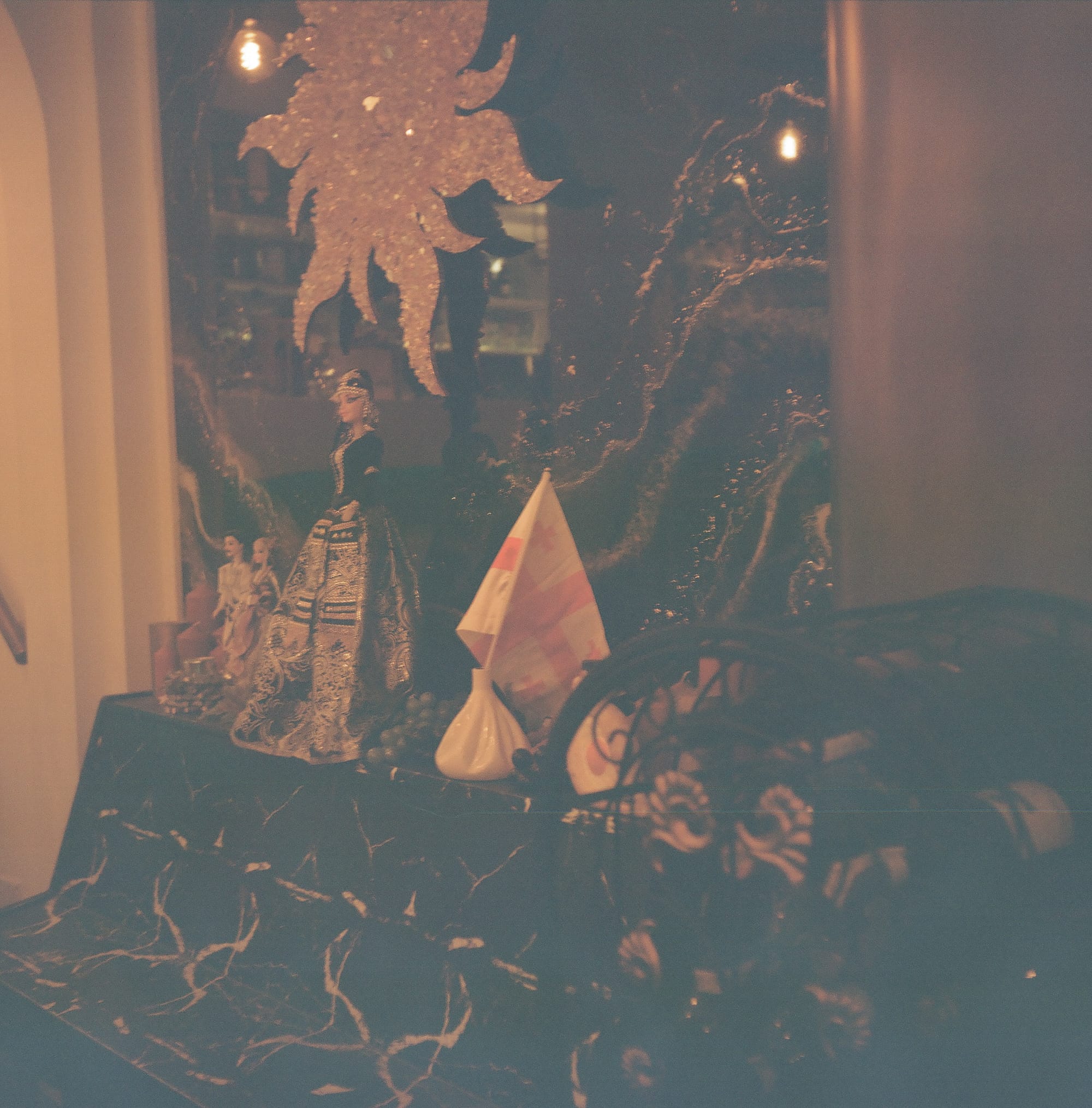
The décor was also pure Georgian. Little ceramic khinkali, the breast-shaped dumplings consumed by taking the dumpling’s doughy nipple in hand, taking a bite and then sucking the soup inside first before consuming the hearty spice-packed meat inside were both display and instruments that could be used to educate the uninitiated in the proper way to consume khinkali. While I knew from my time in the Caucuses, mostly spent in Azerbaijan and a bit in Georgia, how to eat khinkali, we watched the demonstration nonetheless. Some of the ceramic khinkali also served as vases at the entry.
The wait staff were entirely Georgian men, as familiar with the dishes they were serving as the customers they served. We ordered the most Georgian of Georgian dishes, from khachapuri, also known as “fondue bread” as our very own Mr. Swiss Global Dining has nicknamed it, to the wonderful Georgian appetizer pkhali, consisting of walnut paste stuffed eggplants and minced spinach with walnuts, served in little scoops, which we opened with.

Georgian food is among the most under-appreciated yet delicate and delicious of cuisines in Europe. There is truly nothing quite like it, even if Armenian and Russian cuisine borrows heavily on occasion.
The best way to begin a Georgian meal is with pkhali. Let the palette open with some dried fruits wrapped in vegetables. While it can feel rich, if not too oily, it is very healthy and extraordinarily satisfying, far more so that an ordinary shepherd’s salad of tomato, cucumber and parsley as is so often the case in the region. The pkhali at Pré-Fleuri did not disappoint in the least and was most certainly not oily. Delicately served on a wooden plank, it was a lovely mid-autumn opener.
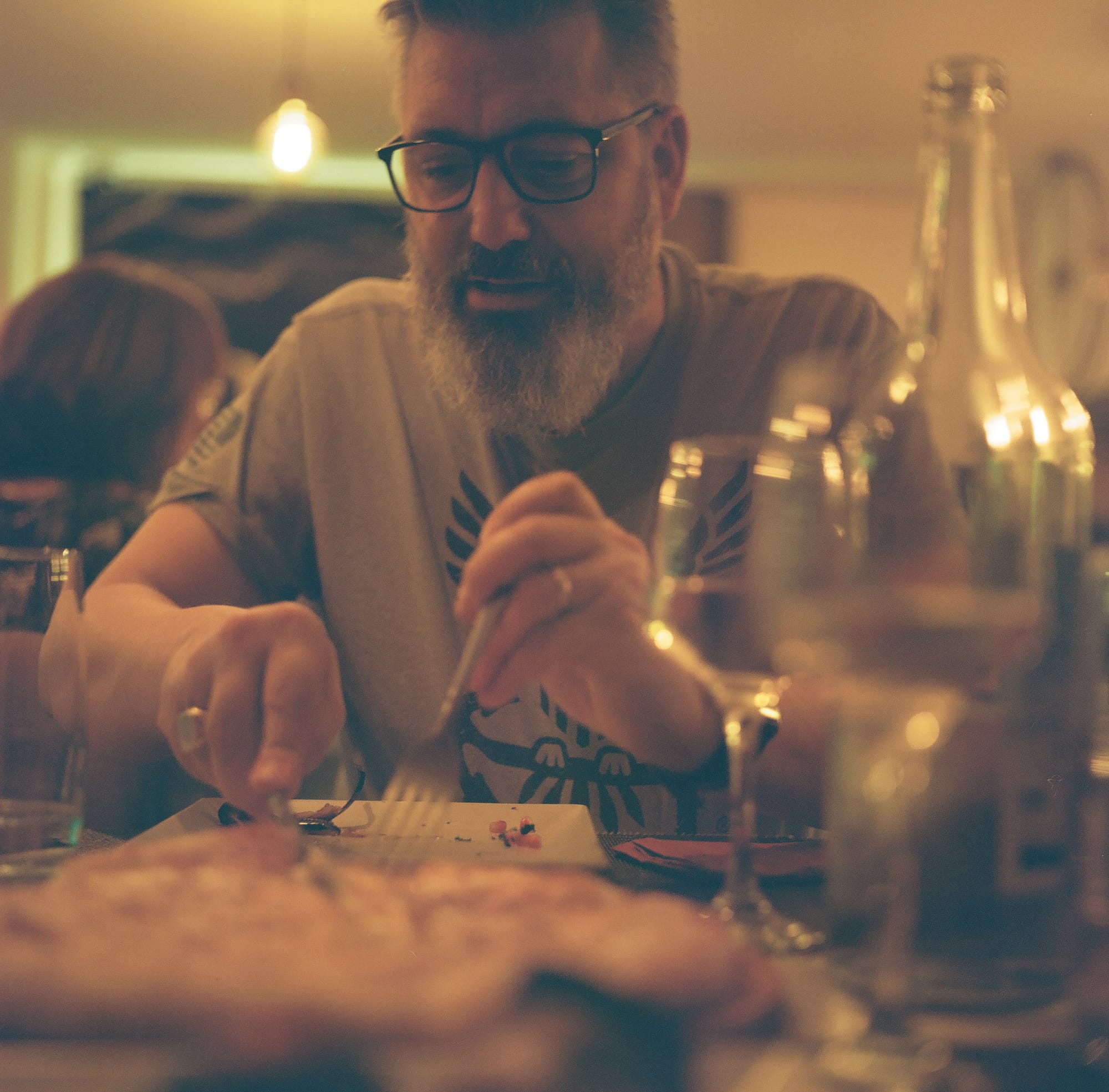
Then came the khachapuri, the “fondue bread.” While we had ordered the adjaruli variant with egg, the khachapuri came without which was actually no problem as it is always richer with egg and given what was yet to come, the raw egg in need of a swirl into the cheese would have been an extra element of heaviness, and certainly deliciousness, but our bellies were just as well without.
As a Swiss, Georg said the way the Georgians consume cheese is not unlike Switzerland, to warm the belly. But as a typical mountain country, you feel the influence from all sides in Georgian food, including Persian. However, Georgia does not have both sides of the mountains – a topographical as well as geopolitical statement to be sure that has invited invasion as recently as 2008.
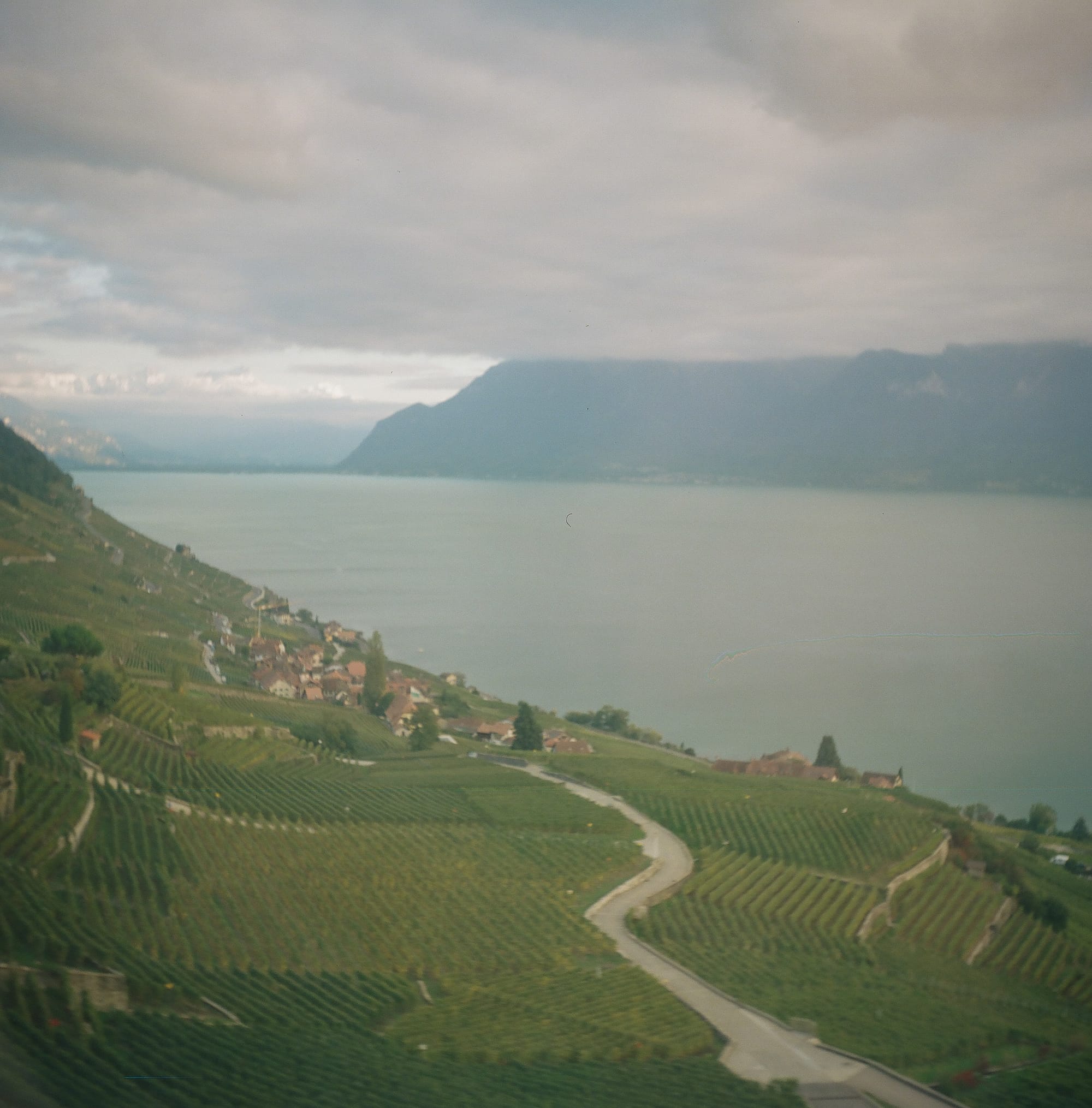
The khinkali, five in one order, were everything you could expect from even the best remote mountain roadhouse in Georgia. They tasted entirely authentic, came with a bit of sour cream spiked with herbs, though totally unnecessary, and went down very easy. The Georgians tend to consume nearly the whole dumpling leaving aside the so-called nipple behind, but the sour cream made this doughy mass all the more delectable. If Georg had more khachapuri by a ratio of three to five, I did my part in making up the difference with the khinkali.
Last but definitely not least, the lamb kebab, known as lulya kebab across the Caucasus, was as good as anything one could find in a fancy establishment in Tbilisi. It is the food of a rich banquet, a wedding feast, a government party and our dinner for two. We split one which was plenty. It came with ajvar, the spicy tomato and pepper sauce familiar to all who have traveled the Silk Road and a bit beyond, including Anatolia and the Balkans, as well as a fresh assortment of tomatoes, cucumbers and parsley over lavash, the customary flatbread of the region. The lavash is there to soak up the juices and be dipped in the ajvar in the end.
When it came to close out the meal, Georg asked what Georgian coffee was like. The waiter responded, “Well, it’s Turkish.”
With that fulsome honesty, Georg ordered one even if we had a train to catch in less than twenty minutes and a ten to twelve-minute walk to the station. Other than the egg missing on the khachapuri it was the only other hiccup in the otherwise impeccable service and meal – but how could they know with a full house seemingly brimming with regulars?
By the time the check and coffee came, it was time to hurry. We each had a few sips and concluded a seamlessly authentic and utterly delicious meal, heavy in a few ways but not overstuffed for the hike up, as Lausanne is a city of hills, to the main station and home to Bern. We arrived on the platform just as the train pulled in so all is well that ends well.
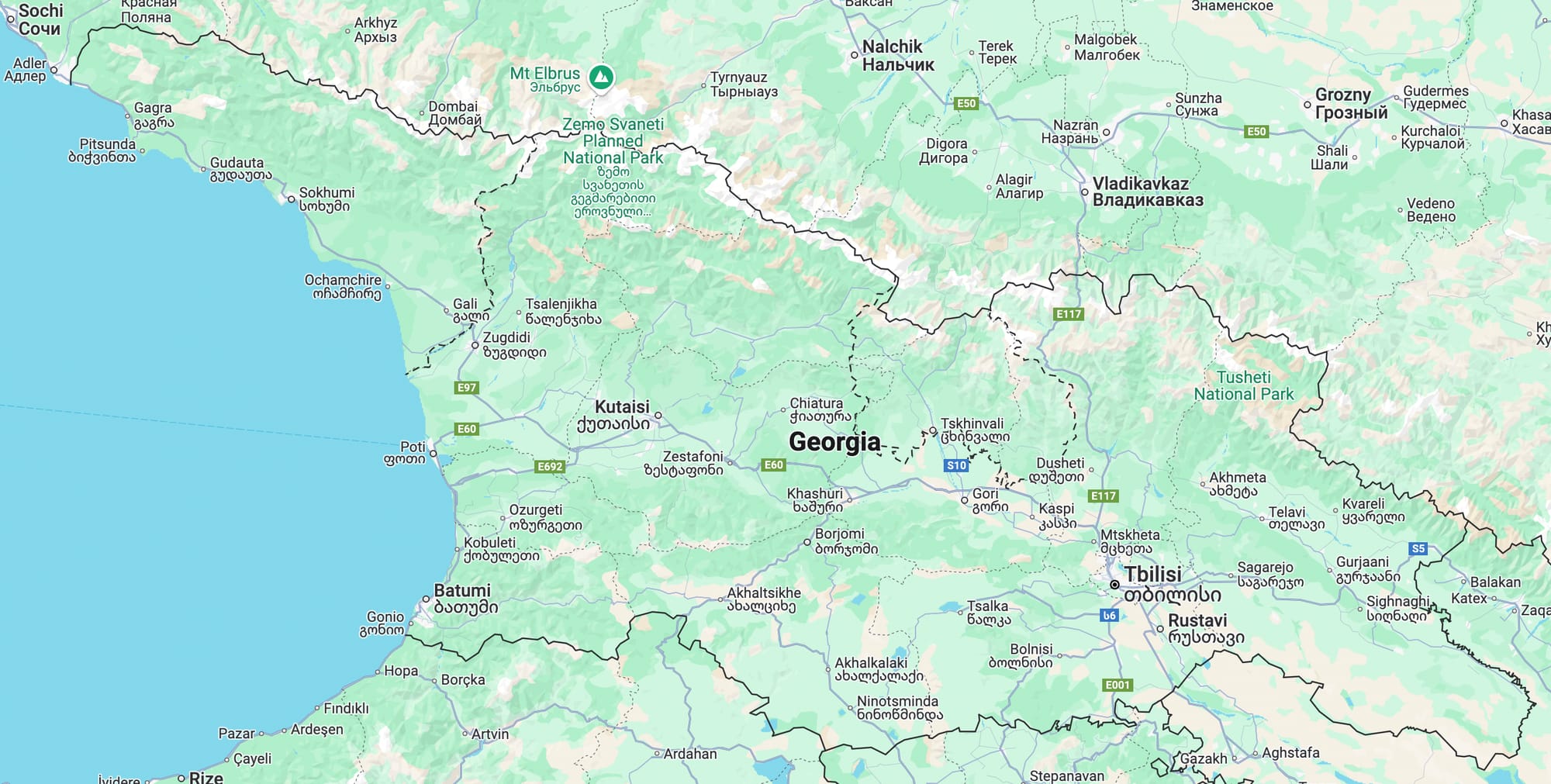
How to get Georgia from Switzerland:
To drive to Tbilisi from Switzerland would take more than 40 hours on the road through Italy, Slovenia, Croatia, Serbia, Bulgaria and Turkey before finally arriving in Georgia.
There is no direct way by rail without transferring to a bus at certain points of the journey. To do so by rail and bus would take three days by a slightly more northern route through Austria, Hungary, Romania, Bulgaria and Turkey.
The most direct flights to Tbilisi from Zürich involve Swiss Air code share flights and transfers with either Austrian Airlines or Lufthansa through Vienna or Munich, with flight times averaging between five to seven hours depending on the layover and connection.
Other routing options are available with Turkish Airlines and low-cost carrier Pegasus through one of Istanbul’s two major airports, Istanbul Airport on the European side of the city and Sabiha Gökçen on the Asian side.
From Geneva, routing options are very similar as from Zürich with additional possibilities on Air France through Paris and KLM through Amsterdam. Flight times are slightly longer as even the shortest connection with Swiss Air and Austrian Airlines clocks in at six hours.
How many Georgians are in Switzerland: Less than 700
Distance between Bern and Tbilisi: 3,942 km
Distance from Pré-Fleuri to Tbilisi: 3,923 km
Learn how to make Georgia's national dish, khachapuri, and about its origins.
Follow our social media pages @swissglobaldining on Instagram, TikTok and YouTube